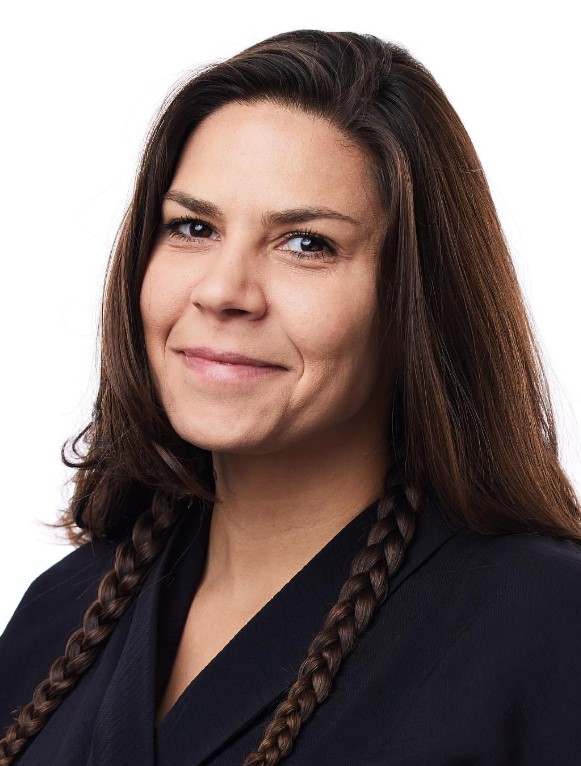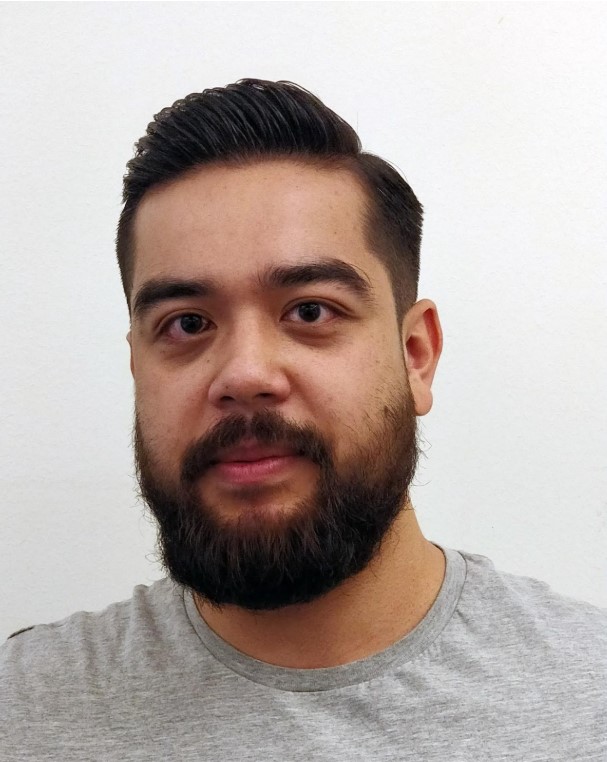Recent newspaper reports reveal a global decline in PhD enrolments, with a rising number of students turning away from this field due to a variety of reasons, such as financial difficulties, limited career opportunities, and mainly the changing views on academia.
For instance, in Australia, the number of domestic PhD enrolments fell by 8% between 2018 and 2023. The rising cost of living and inadequate stipends are shown as the reason for this. Likewise, a similar trend exists in other countries as well. In the United States, first-time graduate enrollment dropped by 4.7% between fall 2021 and 2022. The reasons for this trend were identified mainly as financial barriers. This shocking global trend reflects concerns about the future of the PhD programs. Many have started raising questions about the viability of continuing in the higher education sector. Increasing funding options for candidates, including better stipends, bringing clarity to career opportunities, and offering scholarships are considered solutions for this. It’s also highlighted that without these changes, the future of doctoral research and academia could be at risk, as fewer students will be interested in investing their careers in academia, and the majority could turn to joining industry. The Edit decided to explore this issue in-depth by taking expert opinions from the professors and PhD candidates at JU.
Maria Hedblom (Senior Lecturer, Computer Science)

In an interview with Maria Hedblom (Senior Lecturer, Computer Science) about this situation, it became clear that the decline in the number of doctoral candidates could be attributed to several factors. According to her, the primary reason is the lack of sufficient funding. “Hiring a PhD student is quite expensive,” she explained, noting that in certain parts of Northern Europe, where PhD students are considered full employees, the cost for universities and research institutes is significantly higher. Meanwhile, in other regions, particularly parts of Southern Europe, scholarships are more common and are often tax-exempt, making them more cost-effective for institutions. “In Sweden, for instance, we cannot do that,” the professor remarked, highlighting how the financial burden is compounded by the requirement for PhD students to have full employment contracts with a proper salary.
Another issue she raised was the difficulty in securing research grants, which are an essential part of academic work. “A career in academia is one of the most competitive ones,” she emphasized, underscoring how every step in academia, from postdoctoral positions to professorships, requires navigating an increasingly competitive environment. Securing funding, she said, depends on a combination of skill, persistence, and often, luck. This environment of constant competition also makes pursuing a career in academia even more challenging, as professors must compete not just for teaching roles but also for research grants, with very few positions available compared to the number of candidates.
Additionally, Maria highlighted that pursuing a PhD is not always the ideal route for those seeking careers in industry. “A PhD is not necessarily a better choice if you want to go and work in industry,” she stated, noting that while the expertise gained from a PhD can be valuable, it may also reduce flexibility in the job market. Companies may be hesitant to hire PhDs because they perceive them as overqualified, with more expensive salary expectations. “Unless that specialization is very attractive, it becomes harder for you to be employed because you become expensive for companies,” she noted.
Despite these issues, she also emphasized that pursuing a PhD is not for the faint of heart. “If you go into it with a lukewarm touch, you will not succeed,” she cautioned. She advised students to pursue the process with strong dedication and true passion for their field. The journey to completing a PhD, she said, requires long hours, a significant amount of self-motivation, and the ability to navigate the pressures of academia. “You have to be hungry to succeed. You have to push for it,” she concluded, stressing the importance of perseverance and a genuine thirst for knowledge in order to thrive.
Maria Arango Kure

In an interview with Maria Arango Kure, it became evident that the decrease in PhD program enrollments can be linked to several key factors, many of which stem from the realities of academic life. After working for over a decade in industry and then returning to academia, Maria has witnessed the challenges that discourage people from pursuing doctoral studies. According to her, one of the main concerns is the rigorous nature of academic work, which involves long hours, unclear expectations, and uncertainty regarding career progression, making this path less appealing. The scarcity of tenure-track positions further exacerbates the situation, with some countries making it nearly impossible to secure permanent roles. Instead, more people are relying on temporary contracts and project-based funding, leaving many to doubt the stability of an academic career.
The limited availability of tenure-track positions worsens the situation, as securing permanent roles is nearly impossible in some countries. Instead, there is a growing dependence on temporary contracts and project-based funding, leading many to question the stability of an academic career. Another issue she raised was the financial considerations. Pursuing a PhD often means putting off a competitive salary and forgoing potentially lucrative opportunities in the private sector. Even in countries like Sweden, where PhD candidates benefit from formal employment with union-negotiated salaries and benefits, the earnings gap between academia and industry remains significant. While structured employment offers some security, it does not fully make up for the lost opportunity of a higher income in industry.
Funding limitations further contribute to the issue. Globally, the research landscape is shaped by restricted grants and shifting political priorities. In certain fields, political influences dictate research agendas, making it difficult to engage in independent or critical inquiry. The persistent external pressures—whether financial or political—discourage individuals from entering or remaining in academia.
Another critical issue she spoke about was the disconnect between academia and industry, particularly in applied fields. While companies drive innovation and tackle real-world challenges, academic research can sometimes feel detached from these developments. This lack of integration diminishes the appeal of a PhD for individuals who seek to work on cutting-edge problems with immediate impact.
Despite these challenges, she pointed out some undeniable benefits of pursuing a PhD. For Maria, returning to academia was motivated by a personal passion for research and the desire to engage deeply with complex issues. Academia offers the chance to focus on long-term knowledge instead of short-term industry goals. The autonomy to explore important research questions and contribute to lasting knowledge is still a major attraction for some.
Yet, this motivation is not universal. Many talented individuals weigh the financial constraints, uncertain career paths, and the perceived lag between academic research and industry needs, ultimately deciding against a PhD. For some, academia appears to be reacting to industry trends rather than shaping them. While a PhD can be a deeply rewarding journey, it is not the right choice for everyone, and current enrollment trends reflect this reality, she concluded.
Max Petterson

In an interview with Max Petterson, a PhD candidate from JTH, he analyzed the reasons behind the decline in PhD enrollments. According to him, one major factor is the strong appeal of industry over academia. “Right after my Master’s, I wanted to pursue a PhD, but I couldn’t find a suitable project. At the same time, I received a job offer almost immediately, and the trade-off was between financial security and waiting for a PhD position that aligned with my interests,” he explained. It wasn’t until a year later, when his current supervisor reached out with a project in his field of interest, that he decided to move into a PhD program.
Max emphasized that industry incentives in machine learning are particularly attractive. “If you want to work with cutting-edge AI technologies like large language models, it makes sense to go to industry,” he noted. Companies such as Google and OpenAI have the computational resources and vast datasets that individual PhD students simply cannot access. This monopoly on resources makes industry more appealing to those wanting to work at the forefront of AI research.
Max pointed out financial security as another concern. “Industry jobs offer stability, competitive salaries, and clear career progression, while PhD positions come with uncertainty and lower financial incentives,” he said. Although academia still remains a viable option for those interested in research, the limited availability of post-doctoral and faculty positions discourages many from following this path.
However, he recognized that research trends change over time. “At present, AI and LLMs dominate, but in a few years, other areas might take dominance, shifting the balance between industry and academia,” he said. He stressed that while PhDs equip individuals for research, this research can also take place in industry, not just in academia. “If your goal is to work in research, a PhD can be valuable, but you should also enjoy the process because it’s a long and challenging journey.”
Max advised prospective PhD candidates to carefully consider their goals. “A PhD is a commitment of four to five years, so the decision should be based on a passion for research rather than just as a stepping stone,” he concluded.
Shuai Wu
Shuai Wu, a PhD candidate, shared his perspective on the decline in PhD program enrollments. According to him, one of the main reasons is the financial and career trade-off between academia and industry. “In Sweden, a PhD takes five years to complete. If you spend those five years in industry, you’ll likely earn more and have better career growth,” he explained. He emphasized that many graduates prefer entering the workforce immediately rather than committing to a long PhD program with uncertain job prospects.
When discussing the global scenario, Shuai pointed out that the situation is often more challenging in countries like China, where PhD stipends are lower, and students frequently have to take on additional jobs. “In Europe, things are relatively better, but the length and financial investment required for a PhD still deter many students,” he noted. He also mentioned that while academia offers opportunities for research, it does not always guarantee a faculty position, making industry a more attractive option.
When asked what could encourage more students to pursue a PhD, Shuai suggested improving stipends, work-life balance, and career opportunities. “If the pay and conditions improve, more people might consider PhDs as a viable option,” he said. Despite the challenges, he acknowledged that Europe offers better opportunities compared to many Asian countries.
Writer: Ajay Sivakumaran Kumar


